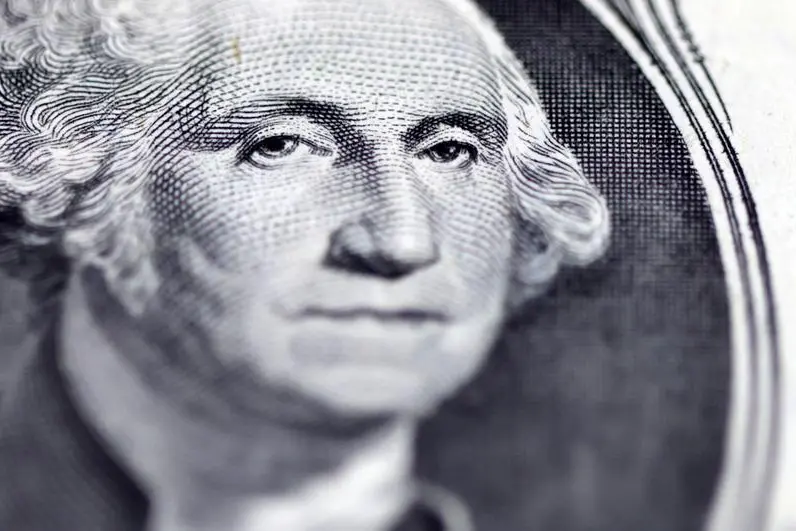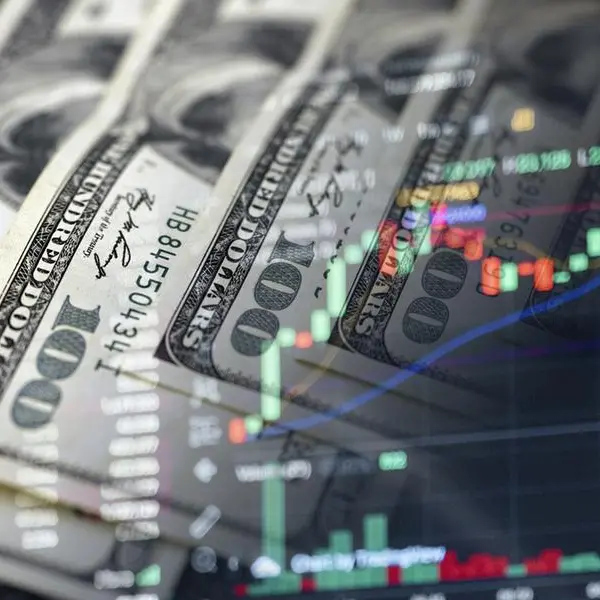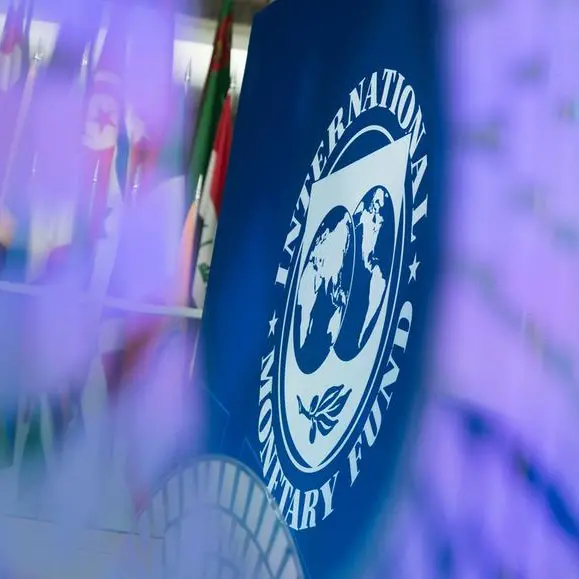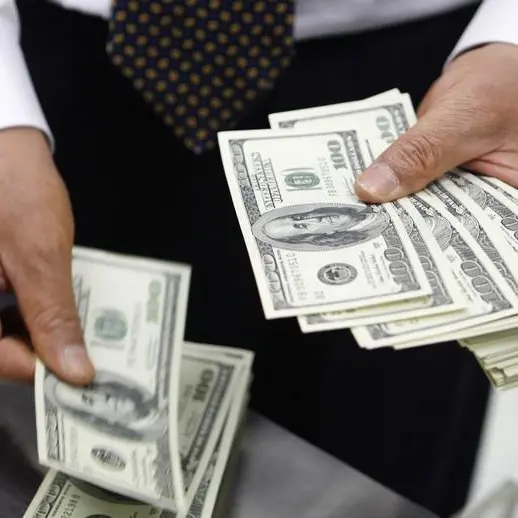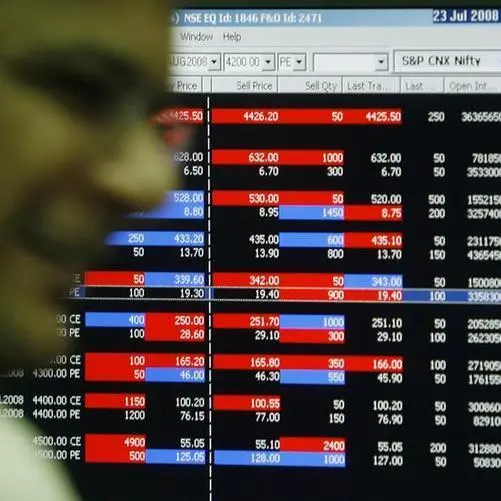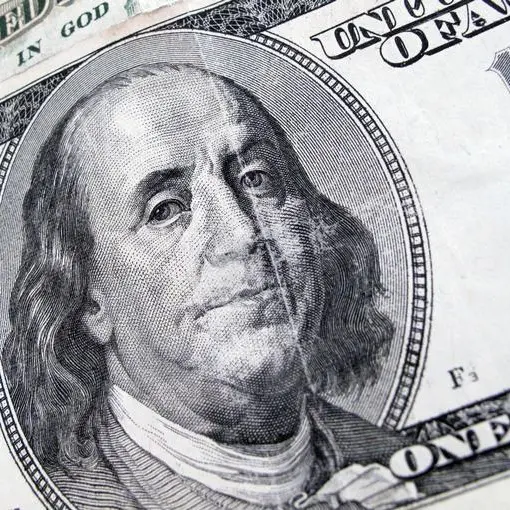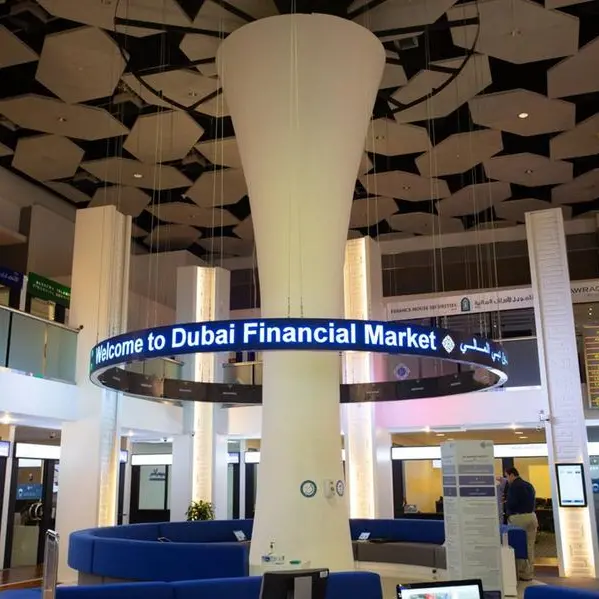PHOTO
NEW YORK - U.S. Treasury yields rose broadly on Friday after data showed the world's largest economy created far more jobs than expected in July, bolstering expectations the Federal Reserve will continue to raise interest rates in the next few meetings to slow inflation.
The rise in U.S. Treasury yields from two-year notes to 30-year bonds ranged from 7 to 18 basis points (bps). A closely-watched part of the U.S. Treasury yield curve inverted by as much as -45 bps on Friday, the deepest inversion since August 2000, as investors priced in a 75-bps Fed rate hike after the strong payrolls number.
Nonfarm payrolls increased by 528,000 jobs last month, the Labor Department said in its closely watched employment report on Friday. Data for June was revised higher to show 398,000 jobs created instead of the previously reported 372,000. Average hourly earnings, a gauge of wage inflation and a key metric tracked by the Fed, climbed 0.5% after rising 0.4% in June, the data showed. That left the year-on-year increase in wages at 5.2%, compared with forecasts for a 4.9% rise.
"This is very hot employment data. It means the Fed is going to continue to raise interest rates. Bonds are getting crushed," said Peter Cardillo, chief market economist, at Spartan Capital Securities in New York. "The bottom line is this gives the upper hand to the Fed, which says we're not in a recession yet and the Fed will probably tighten. If we get one more number like this in August, the Fed could hike by 75 basis points in September rather than 50 basis points," Cardillo added.
U.S. rate futures have priced in a 69% chance of a 75 bps hike, up from about 41% before the payrolls data. Futures traders have also factored in a fed funds rate of 3.57% and additional tightening of around 122 bps by the end of the year. In mid-morning trading, the yield on 10-year Treasury notes was up 14 bps at 2.8158%. U.S. 30-year bond yields rose nearly 10 bps to 3.0572%.
At the short end of the curve, the U.S. two-year yield, which typically tracks interest rate expectations, hit a two-week high of 3.25% and was last up 20.5 bps at 3.2401%.
(Reporting by Gertrude Chavez-Dreyfuss; Additional reporting by Stephen Culp; Editing by David Goodman and David Holmes)
